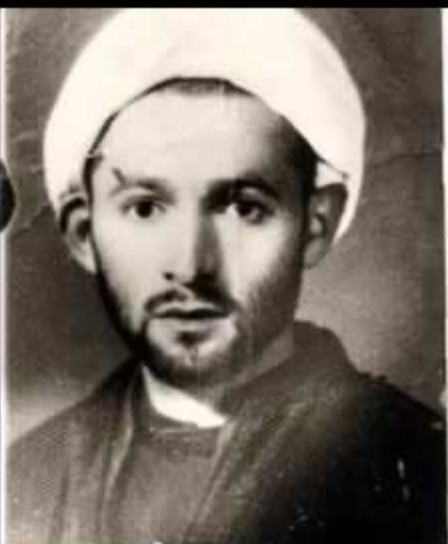René Guénon’s association with #Islam and #Sufism is seen sometimes in connection with his acquaintance with ‘Abd al-Halim Mahmud, Shaykh #AlAzhar 1973-1978, defender of Sufism and author of a short book 1955 on #Guénon 1/ 





However, his #Sufism is never far removed from his #traditionalism and in the earliest period it seemed to have been associated with his engagement with esotericism before WW1 #Paris 2/
His first initiation into #Sufism along with initiations into #Buddhism and #Freemasonry began during his period in the #GnosticChurch and his work on #LaGnose journal when he met Ivan Aguéli in 1909 3/ 

Aguéli (also known as ‘Abd al-Hadi al-‘Aqili, 1869-1917) was a Swedish Sufi painter thielskagalleriet.se/en/utstallning… who initiated Guénon and his associate Léon Champrenaud (‘Abd al-Hadi, 1870-1925) into the ‘Arabiyya Shadhiliya on 1911 3/
Champrenaud along with another associate at the #GnosticChurch Georges-Albert Poyou, comte de Pouvoirvillle (1862-1939) wrote a work on #Gnosticism and shared interests in #Taoism 4/ 



Aguéli 1st went to #Egypt in 1894, studied #Arabic at #INALCO and spent early 20thC in Cairo where his Shaykh was ‘Abd al-Rahman ‘Ilaysh whose own interests in #IbnArabi were kindled in his association in #Damascus with Amir ‘Abd al-Qadir (1808-1883) 5/ 

Aguéli initiated Guénon in his role as ‘Illaysh’s muqaddam of ‘Arabiyya #Shadhiliyya in #Paris and later he sent him a copy of Symbolisme de La Croix and considered ‘Illaysh his spiritual master (among others) 6/
‘Illaysh was a judge and a little known Sufi although his father Muhammad was a major figure and #Maliki mufti of #Egypt 1854-1882 and also a #Shadhili 7/
But in this period Guénon was more interested in Indian religions and had no #Arabic although some of his work was translated in al-Marifa archive.unblockweb.cc/details/AlMaar… 8/
His first work that seemed to engage with #Sufism was La métaphysique orientale 1939 followed by various articles put together posthumously Aperçus sur l’ésotérisme islamique et le Taoïsme 1973 9/ 



His last four works after WW2 broadly remained in #sacredscience and #traditionalism La règne de la quantité 1945 Aperçus dur l’initiation 1946 Les principes du calcul infinitésimal 1946 and last work La Grande Triade 1946 10/ 







• • •
Missing some Tweet in this thread? You can try to
force a refresh
















